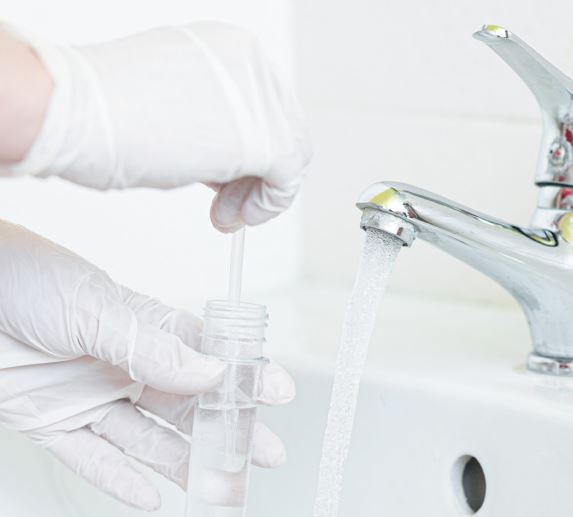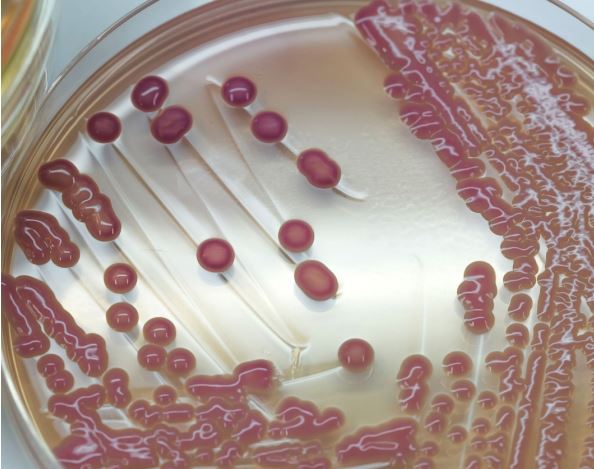BSI (BritishStandards Institution) is the UK's national standards body (NSB). The firstsuch body in the world, BSI’s remit is to help improve the quality and safetyof products, services and systems by enabling the creation of standards andencouraging their use. They publish over 2,700 standards a year, engagingindustry experts, government bodies, trade associations, businesses of allsizes and consumers to develop consensus standards that reflect good businesspractice.
Standardsare an agreed way of doing something. They are open, consensus-based documents,developed by industry experts who share an interest in improving how things aredone. Standards represent the distilled wisdom of what ‘best practice’ lookslike, helping to make things work properly and improve organisationalmanagement. Committees are formed of volunteers who develop every standardcollaboratively before sending it out for public consultation when a near finalformat is reached. This process ensures that published standards represent theagreement of the widest possible community of people with a stake in the topic.It also ensures accuracy, balance, rigour and fairness.

The BSI EH3/4 committee is responsible for developing national water quality standardsand contributing to European and International standards development. Their workover the past few years is now included in a Water Quality Solution Pack whichincludes:
• BS 8580-1:2019 Water quality - Risk assessments for Legionellacontrol. Code of practice.
• BS 8680:2020 Water quality. Water safety plans. Code of practice.
• BS 8580-2:2022 Water quality - Risk assessments for Pseudomonas aeruginosa and otherwaterborne pathogens. Code of practice.
• BS7592:2022 Sampling for Legionella bacteria in water systems. Code of practice.
• BS 8580-2is a new British Standard recommending a Pseudomonas aeruginosa risk assessment(RA) process and supplying information and support on how to understandmicrobial hazards, prioritise actions and minimise risks.
Robust RAsare crucial in establishing the Water Safety Plans (WSPs) that lie at the heartof management in healthcare (see Looking Deeper, Issue 8, p8). However, whilerisks from Legionella infections in healthcare have long been acknowledged andbacked up by legally enforceable requirements for control and Legionellaprevention through the Health and Safety Executive’s Approved Code of Practice(acop l8), last updated in 2013, this has not been the case for risks fromhealthcare acquired infections (HAIs) with Pseudomonas aeruginosa, despitetheir potential to cause serious ill health for the most vulnerable patientsand care home residents.
Thepublication of BS 8580-2 is a landmark document that at last addressesdecades-long concerns over the control of P. aeruginosa HAIs and their link to pseudomonas in water. Although there has been some awareness of therole of water in the transmission of P. aeruginosa to patients since the 1960s,the link between tap water and P. aeruginosa was not formally acknowledgeduntil 2012, following the deaths of three babies in a Belfast neonatal unitfrom infections traced back to contaminated taps. This at last led to guidanceon the risks from P. aeruginosa associated with water outlets — but as anaddendum to HTM 04-01, already in place for the control of Legionella in watersystems. This was a first move towards changing the outlook on waterborneorganisms other than Legionella, but there was no real standard on how to makethose changes happen.
The risksfrom Legionella are relatively well understood (through performing legionellarisk assessments), but although HTM 04-01 remains a useful document, it isoften perceived to be an engineering approach to risks. The same considerationsused for Legionella prevention and control risk assessment plans have tended tobe applied to P. aeruginosa. However, this does not take into account the manyhighly specific and clinical issues related to this pathogen. The reality inmany hospitals is that numbers of cases in any P. aeruginosa outbreaks farexceed the very rare cases of hospital-acquired Legionella.
It is everimportant that intended users of the new standard include all of those involvedin ensuring water is safe and fit for purpose at the point of use. While a goodengineering RA, such as those applied for Legionella, still needs to be inplace. Significantly, BS 8580-2 creates a much broader responsibility byemphasising a multi-disciplinary approach aimed at all Water Safety Group (WSG)members. This should include those responsible — from design and specification,construction and installation, commissioning, maintenance and operation,alteration and refurbishment, through to deconstruction of a building or site.Clinical and housekeeping leads are particularly vital in developing a robustRA based on how water is actually used.
While RAguidance for P. aeruginosa and other waterborne pathogens has been included inHTM 04-01, this new standard gives far more information. Its recommendedprocesses can be applied to other opportunistic waterborne pathogens, which mayinclude antimicrobial resistant strains. It is particularly powerful when usedin conjunction with BS 8680 which gives recommendations and guidance on thedevelopment of a WSP.

To find outmore about Pseudomonas aeruginosa risk assessments – download your free copy ofour Looking Deeper Journal here: https://www.idealspec.co.uk/resources/whitepapers.html